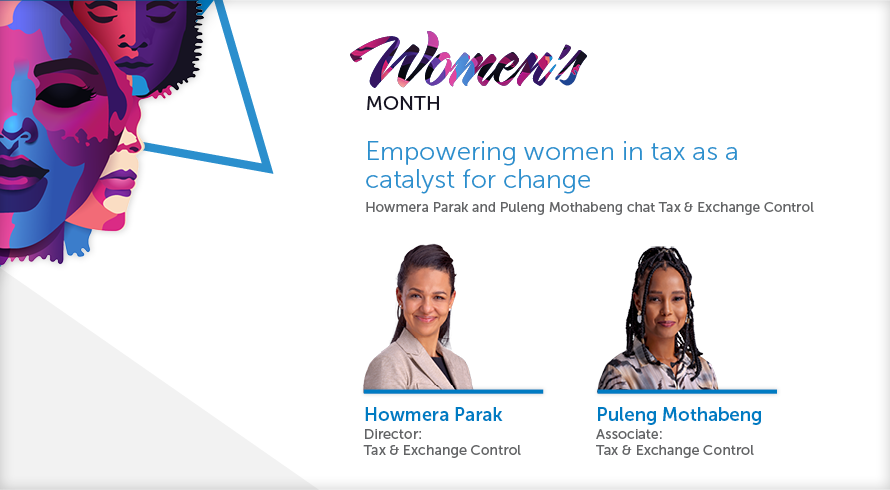Requirements for establishing reasonable prospects of rescue: Vague and speculative allegations are not enough
At a glance
- The concept of "rescue" in business rescue refers to either assisting a financially distressed company to return to solvency or obtaining a better return for stakeholders compared to liquidation.
- When applying for business rescue, the applicant bears the responsibility of proving that there are reasonable prospects for rescuing the company.
- In a specific case (Kgoro Consortium v Cedar Park Properties), the Supreme Court of Appeal found that the applicant had failed to establish reasonable prospects of rescuing the company based on the lack of evidence and detail in their application, emphasizing that vague and speculative allegations are insufficient.
It is trite law that:
- to be “rescued” means either assisting a company to trade back to a state of solvency, where it is no longer financially distressed; or the ability to obtain a better return for stakeholders than would result if the company was liquidated (section 128(1) of the Companies Act 71 of 2008 (Act)); and
- in order to succeed with a business rescue court application, the applicant bears the responsibility of proving that there are reasonable prospects of the company being “rescued”.
Speaking to the issue of “rescue”, in the case of Oakdene Square Properties (Pty) Ltd and Others v Farm Bothasfontein (Kyalami) (Pty) Ltd and Others [2013] (4) SA 539 (SCA) the court found that:
- the primary goal of business rescue is to facilitate the continued existence of the company in a state of solvency; and
- the alternative, and secondary, goal is to facilitate a better return for stakeholders than would result from liquidation.
Recently, in Kgoro Consortium (Pty) Ltd and Another v Cedar Park Properties 39 (Pty) Ltd (in liquidation) and Three Others (case number 935/2020), the Supreme Court of Appeal (SCA) had to decide whether Kgoro Consortium (Pty) Ltd (Kgoro), as the applicant, had proved that Cedar Park Properties 39 (Pty) Ltd (in liquidation) (Cedar Park) had reasonable prospects of being rescued.
Background
Kgoro was the holding company of Cedar Park, a special purpose vehicle established to purchase and develop a prosperous mixed build (residential and commercial) undertaking in Sandown, Johannesburg. The value of the property alone was alleged to be R1,494 billion.
Due to various reasons Cedar Park had been placed in provisional liquidation. Before it was placed in final liquidation, Kgoro sought Cedar Park’s rescue through a court application.
To be successful with its application Kgoro therefore had to convince the court that there were reasonable prospects of rescuing Cedar Park.
The court a quo found that Kgoro had not established this, and dismissed its application. The matter then came before the SCA.
SCA’s Findings
Applying Oakdene, as well as the finding in Propspec Investments v Pacific Coasts Investments 97 Ltd [2013] (1) SA 542, the SCA was at pains to point out that the courts should not be prescriptive about the way an applicant has to prove reasonable prospects of rescue. However, as also stated in Oakdene and Propspec, the SCA confirmed that there must be:
- a “factual foundation for the existence of a reasonable prospect that the desired [rescue objective] can be achieved”; and
- a sufficient measure of detail in the founding affidavit supporting the proposed plan to rescue the company.
The court reiterated that “vague and speculative” allegations would not suffice.
Prospects of trading out of financial distress
The SCA found that Kgoro had failed to establish that there were reasonable prospects of Cedar Park trading out of its financial distress to a state of solvency.
It found that Kgoro had “paid no more than lip service” in trying to illustrate in its founding papers that Cedar Park was capable of continuing to trade, let alone to trade its way out of financial distress.
Prospects of yielding a better return
The next step was to confirm whether Kgogo had proven that there were reasonable prospects of obtaining a better return for stakeholders than in a liquidation scenario.
To this end, Kgoro tried to show that the development owned by Cedar Park was valuable and capable of being sold for a higher price than in liquidation.
In its founding papers Kgoro presented:
- a sale agreement that had already lapsed due to the nonfulfillment of certain suspensive conditions; and
- only “vague and tentative” evidence that there was interest in the purchase of the development owned by Cedar Park.
The SCA said that the mere fact that the development could be sold did not in itself show that rescue would yield a better return for stakeholders than liquidation.
The SCA found that Kgoro had again made no proper attempt to demonstrate that a better return could be achieved through rescue as opposed to liquidation.
The plan
The court said that all Kgoro had managed to do in its founding papers was show that there were prospects of drawing up a plan, but not that the plan would be reasonably capable of achieving either trading Cedar Park out of distress, or yielding a better return for creditors.
The court reiterated that the test is not whether a plan can be drawn up, but rather whether the plan was capable of achieving one of the two objectives of rescue – “the development of a plan cannot be a goal in itself”.
Conclusion
The SCA confirmed that the court a quo had correctly dismissed the business rescue application, and that Kgoro had failed to establish in its founding papers that there were reasonable prospects of rescuing Cedar Park.
When considering business rescue, many applicants first consider what type of plan can be drafted. This is practical and advisable, as it assists in stress testing whether a business rescue is viable. However, the ability to draw up a plan must not be the focus of the application seeking business rescue.
This case must therefore be viewed as a warning to all applicants seeking to apply for business rescue. Not only must there be sufficient grounds for alleging reasonable prospects of rescue, but these grounds must be carefully detailed in the papers supporting the business rescue application.
It is also important for directors to remember that placing companies in rescue through section 129 resolutions does not exempt the process from the “reasonable prospects of rescue” test. Section 130(1)(a)(ii) of the Act allows affected parties to challenge the adoption of a business rescue section 129 resolution on grounds that, there is no reasonable prospect of rescuing the company.
It is always a good idea to consult a business rescue expert before considering business rescue, even in instances where the adoption of section 129 resolutions is being contemplated.
The information and material published on this website is provided for general purposes only and does not constitute legal advice. We make every effort to ensure that the content is updated regularly and to offer the most current and accurate information. Please consult one of our lawyers on any specific legal problem or matter. We accept no responsibility for any loss or damage, whether direct or consequential, which may arise from reliance on the information contained in these pages. Please refer to our full terms and conditions. Copyright © 2025 Cliffe Dekker Hofmeyr. All rights reserved. For permission to reproduce an article or publication, please contact us cliffedekkerhofmeyr@cdhlegal.com.
Subscribe
We support our clients’ strategic and operational needs by offering innovative, integrated and high quality thought leadership. To stay up to date on the latest legal developments that may potentially impact your business, subscribe to our alerts, seminar and webinar invitations.
Subscribe




